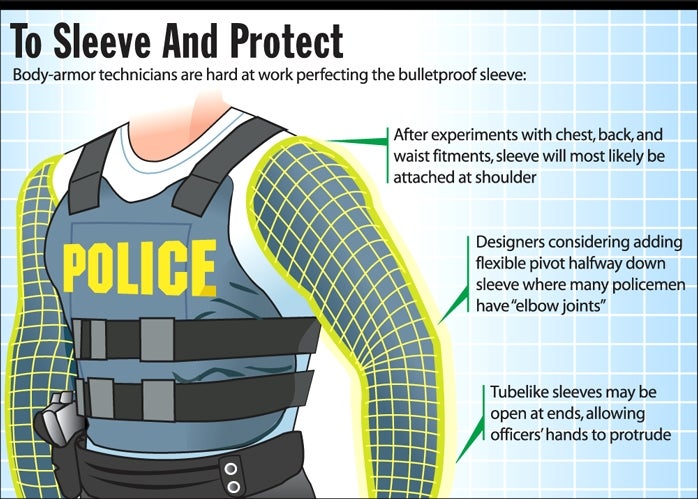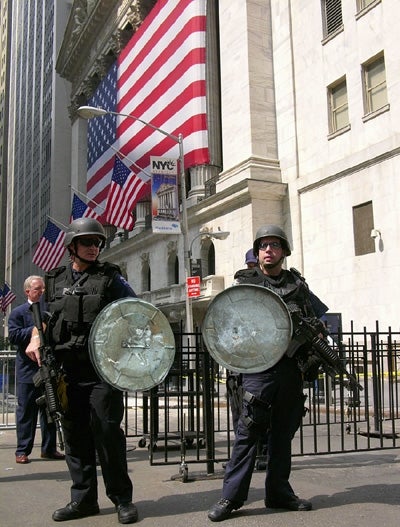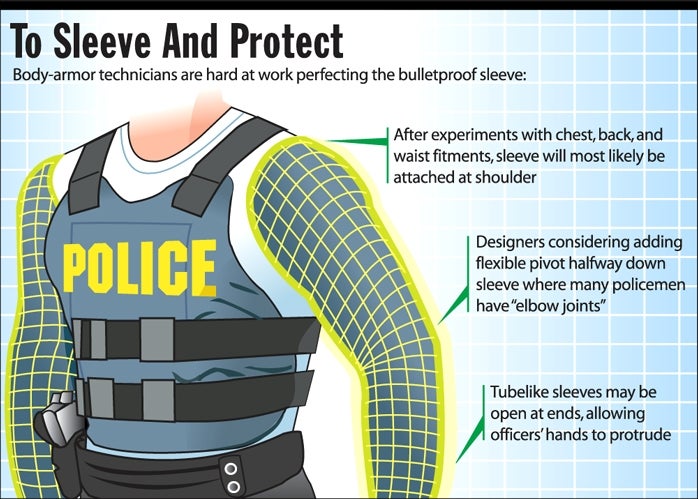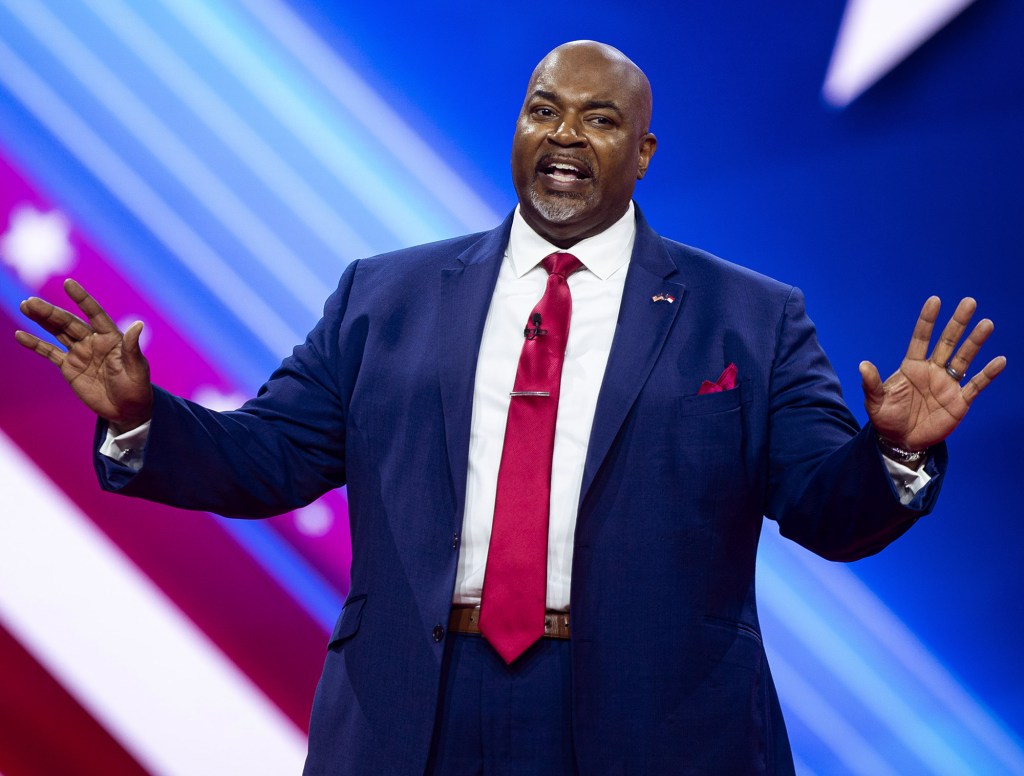DETROIT—Citing decades of advancements in torso protection, the National Association of Law Enforcement Officials held a press conference Monday, calling for the development of a bulletproof sleeve.

“Since 1975, the modern Kevlar bulletproof vest has been an integral part of the protective gear worn by police officers,” said NALEO spokesman Sgt. Nicholas Arons, an 18-year veteran of the Detroit Police Department. “For some reason, however, both private- and public-sector forces have spent the past 30 years focusing their creative energies on the development of newer, lighter fabrics to protect the same limited portion of the upper body. While safeguarding the torso is extremely important, it’s time we began to think about what might be done to protect some other body parts.”
According to Arons, two key areas overlooked by the protection industry are the left and right arms.
“We believe a bulletproof sleeve, if properly designed, could protect the shoulder, upper arm, elbow, and lower arm regions,” said Arons, who lost both his forearms in a narcotics raid in October. “An officer wearing one of these devices on each arm would find himself doubly protected.”
Arons characterized the arms as “crucial” to the successful completion of a police officer’s duties.
“Police officers use their arms hundreds of times every day,” Arons said. “If they didn’t have arms, officers would be unable to brandish or discharge firearms, handcuff perpetrators, operate doors, write speeding tickets, or file reports. A policeman’s arms and attached appendages are essential.”
NALEO advisory board member Lt. Lee Skille agreed, stating that the standard-issue upper-body protection armor has significant shortcomings.

“People say, ’You can live without your arms, but you can’t live without your chest,’” said Skille, whose partner’s arm was shot in the line of duty in 2003. “True. But try not using your arms for a day, and then come and tell me how arms aren’t a ’vital organ.’”
Skille said he does not know how a bulletproof sleeve would be anchored onto the body, but that “in a perfect world, the sleeve would attach to the vest.”
In response to the announcement, representatives for domestic defense contractor FirstShield said they plan to develop a marketable bulletproof sleeve by the end of the year. The company’s 2004 prototype ArmVest failed in initial testing, because of complaints that the two 34-inch-wide ArmVests impeded movement and were prone to falling off. FirstShield is now investigating the practicality of using snaps, zippers, and Velcro to anchor the vest to the body.
FirstShield CEO Alastair Gilbert pledged “to redouble efforts to design a product that meets the arm-protection needs of today’s 21st-century police force.”
“While we might not get there in our first hundred days, or even our first thousand, we have risen to this challenge,” Gilbert said. “Anyone who puts in 25 years with a police force deserves to have a wrist to put his gold watch on.”
While the law-enforcement community is largely united over the bulletproof-sleeves initiative, the announcement did have a few detractors.
“Maybe the NALEO nancy-boys have never taken a bullet in the rear end,” said Gary, IN police officer Bernard Dirkson, who was shot twice in the buttocks during a routine traffic stop in 2002. “But it’s no stroll on the beach, I assure you. I challenge the defensive-apparel industry to take the next major step in protective gear: Protect our hindquarters.”
Arons said the NALEO plans to look beyond the upper body.
“By the end of the century, a police officer might be equipped with some form of protection for his legs,” Arons said. “Of course, right now we’re focused on achieving our first goal—guarding the arms.”







